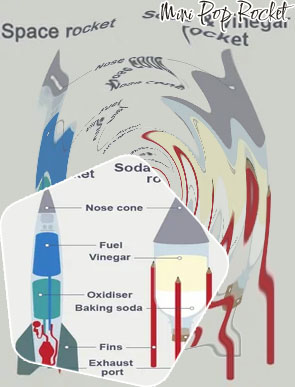

- Law definition science
- Stem activities space
- Bio science meaning
- Stem grants
- What are some good science fair projects for 6th graders
- Kindergarten science fair projects
- Easy stem projects
- Chemistry meaning in science
- Stem science for preschoolers
- Stem programs near me
- Actuarial science and mathematics
- Science and engineering
- Science technology and engineering
- Meaning of materials in science
- Astronomy science fair projects
- Stem science
- Math and science summer programs
- Actuarial science course
- Easy science fair projects
- Good science fair projects
- Mathematics for social science
- Science exhibition board decoration
- Science projects for class 7 working models
- Science grants for schools
- Physical science definition
- Geodesic dome science fair project
- What is stem field in science
- Science and technology
- Science fair projects for class 10
- Science fair chemistry projects
- Stem
- Science fair projects
- Stem science projects
- Biology working models for science exhibition
- Stem life science
- Kitchen science experiments
- The academy of motion picture arts and sciences
- Night life academy of sciences
- Elementary science projects
- Organic definition in chemistry
- Baseball science fair projects
- Coding science fair projects
- Academy of science
- Science fair baking projects
- University of agriculture science
- Life meaning in science
- Science fair volcano
- Master of science in finance stem
Water rocket physics
Science Art + Drawing Games
We had a bunch of left over Easter Egg Dye, and decided to turn put a little twist on classic science experiment! Since the kiddos especially enjoy baking soda fizzy eruptions, we decided to make some exploding paint. Have you seen our Exploding Rocket Art? It is seriously cool! This is a milder version, but still lots of fun for preschool kiddos. Bottle rocket experiment with baking soda and vinegar For help creating graphs, try this website:
Water rocket science project
When we mix vinegar (HCH 3COO) and baking soda (NaHCO 3), we get the so-called acid-base reaction. Here vinegar is an acid and baking soda is a base. An acid is a chemical that wants to get rid of a positively charged hydrogen atom (proton) and base wants that proton. In that reaction when the baking soda receives proton from the acid, it transforms into water and carbon dioxide. Carbon dioxide rapidly expands, and if the space is too small, it explodes. 1-800-875-3214 [email protected] This is how your bottle rocket works. The rocket is pushing water downwards, which means that the water pushes the rocket upwards so hard that it overcomes gravity and will fly!
How to make a Bottle Rocket
Thanks for reading Scientific American. Create your free account or Sign in to continue. Water Bottle Rocket Science Project I’m not into complicated crafts so easy DIY water rockets were just perfect! And a big plus – they can be made from materials you have around the house.